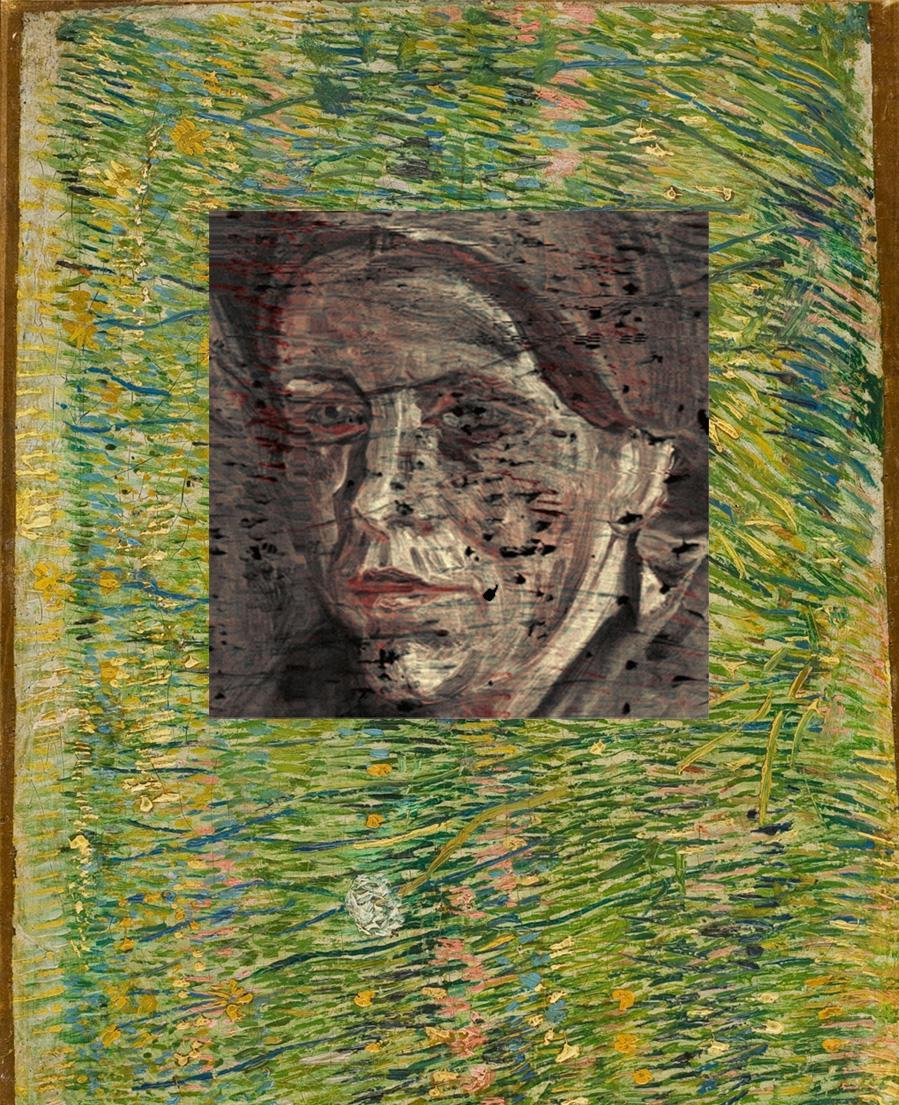
The late period of Vincent van Gogh’s art screams harmonies of color, but his earlier work was decidedly dark. I wrote a kids’ piece last fall about how chemistry and art history came together to decode a woman’s face lurking below the surface on one of the artist’s sunny South-of-France paintings. The x-ray technique is a fun piece of art CSI, where the researchers scan through the thick layers of paint and find chemical signatures that correspond to colors: white, yellow, red. Put the pattern together and they can reproduce the face that Van Gogh painted over (the researchers found letters between Vincent and his brother Theo, indicating that this was a canvas that he reused). But looking at the decoded face, superimposed over the bright colors on the surface, I can’t help but think about the demons that lurked behind Van Gogh’s genius.
Just like the painting, Joris Dik, the researcher at the Technical University in Delft that I spoke with about the work, had a wonderfully layered career path. He’d gotten a master’s degree in art history, did some work in art restoration at the Getty Museum in Los Angeles, and then decided that he wanted to get a Ph.D. in chemistry to be able to do this sort of investigative and restorative work. I found his journey fascinating, probably in part because I felt like he ‘d somehow managed to meld my own original career path with that of my sister (who’s working on a Ph.D. in medieval art history).
Ten years ago, I couldn’t have possibly imagined that I’d be working far from both a chemistry lab and a classroom. I needed that shift away from the minutia of the cogs that ran one tiny machine to see the greater context of what science meant to the world. Shifting that career focus reshaped my geography, my attitude, the decisions I’ve made, the people I’ve made, the person I’ve become. Science offers the opportunity to experience it in so many different ways: from abstract concepts of molecules and atoms to the chemicals, paints, and canvases that you can hold in your hand. I love the layers that we can appreciate, about science, about art, and our place in the world.
